- All categories
- Integrated Circuits (ICs)
- Development Boards, Kits, Programmers
- Discrete Semiconductor Products
- Power Supplies - Board Mount
- RF and Wireless
- Sensors, Transducers
- Memory Cards, Modules
- Audio Products
- Circuit Protection
- Crystals, Oscillators, Resonators
- Filters
- Isolators
- Kits
- Maker/DIY, Educational
- Optoelectronics
- Power Supplies - External/Internal (Off-Board)
- Relays
- Resistors
- Test and Measurement
- Uncategorized
- Inductors, Coils, Chokes
- Motors, Actuators, Solenoids and Drivers
- Switches
- Embedded Computers
- Capacitors
- Transformers
- Battery Products
- Products
- All categories
-
Integrated Circuits (ICs)
-
Embedded
- FPGAs (Field Programmable Gate Array)
- Microcontrollers
- CPLDs (Complex Programmable Logic Devices)
- FPGAs (Field Programmable Gate Array) with Microcontrollers
- PLDs (Programmable Logic Device)
- Microcontrollers, Microprocessor, FPGA Modules
- System On Chip (SoC)
- Application Specific Microcontrollers
- DSP (Digital Signal Processors)
- Microprocessors
-
Interface
- Drivers, Receivers, Transceivers
- Sensor and Detector Interfaces
- Analog Switches - Special Purpose
- Analog Switches, Multiplexers, Demultiplexers
- CODECS
- Controllers Interface ICs
- Direct Digital Synthesis (DDS)
- Encoders, Decoders, Converters
- Filters - Active
- I/O Expanders
- Modems - ICs and Modules
- Modules
- Sensor, Capacitive Touch
- Signal Buffers, Repeaters, Splitters
- Signal Terminators
- Specialized
- Telecom
- Serializers, Deserializers
- UARTs (Universal Asynchronous Receiver Transmitter)
- Voice Record and Playback
- Memory
-
Power Management (PMIC)
- DC DC Switching Controllers
- Display Drivers
- Full Half-Bridge Drivers
- Gate Drivers
- LED Drivers
- Motor Drivers, Controllers
- Power Distribution Switches, Load Drivers
- Power Management - Specialized
- Power Supply Controllers, Monitors
- Special Purpose Regulators
- Supervisors
- Voltage Regulators - DC DC Switching Regulators
- Voltage Regulators - Linear
- Voltage Regulators - Linear + Switching
- AC DC Converters, Offline Switches
- Battery Chargers
- Battery Management
- Current Regulation/Management
- Energy Metering
- Hot Swap Controllers
- Laser Drivers
- Lighting, Ballast Controllers
- OR Controllers, Ideal Diodes
- PFC (Power Factor Correction)
- Power Over Ethernet (PoE) Controllers
- RMS to DC Converters
- Thermal Management
- Voltage Reference
- Voltage Regulators - Linear Regulator Controllers
- V/F and F/V Converters
- Specialized ICs
- Audio Special Purpose
- Clock/Timing
- Data Acquisition
- Linear
-
Logic
- Buffers, Drivers, Receivers, Transceivers
- Comparators
- FIFOs Memory
- Flip Flops
- Gates and Inverters
- Gates and Inverters - Multi-Function, Configurable
- Multivibrators
- Shift Registers
- Signal Switches, Multiplexers, Decoders
- Translators, Level Shifters
- Latches
- Specialty Logic
- Counters, Dividers
- Parity Generators and Checkers
- Universal Bus Functions
-
Embedded
-
Development Boards, Kits, Programmers
- Accessories
- Evaluation and Demonstration Boards and Kits
- Evaluation Boards - DC/DC & AC/DC (Off-Line) SMPS
- Evaluation Boards - Expansion Boards, Daughter Cards
- Evaluation Boards - LED Drivers
- Evaluation Boards - Sensors
- Evaluation Boards - Embedded - Complex Logic (FPGA, CPLD)
- Evaluation Boards - Embedded - MCU, DSP
- Programmers, Emulators, and Debuggers
- Software, Services
- Evaluation Boards - Analog to Digital Converters (ADCs)
- Evaluation Boards - Audio Amplifiers
- Evaluation Boards - Digital to Analog Converters (DACs)
- Evaluation Boards - Linear Voltage Regulators
- Evaluation Boards - Op Amps
- Programming Adapters, Sockets
- RF Evaluation and Development Kits, Boards
- RFID Evaluation and Development Kits, Boards
-
Discrete Semiconductor Products
- Power Supplies - Board Mount
-
RF and Wireless
- RF Amplifiers
- Attenuators
- RF Accessories
- RF Demodulators
- RF Detectors
- RF Front End (LNA + PA)
- RF Misc ICs and Modules
- RF Mixers
- RF Modulators
- RF Power Controller ICs
- RF Power Dividers/Splitters
- RF Receivers
- RF Shields
- RF Switches
- RF Transceiver ICs
- RF Transceiver Modules and Modems
- RF Transmitters
- RFID, RF Access, Monitoring ICs
- RFID Transponders, Tags
- RF Multiplexers
- RF Receiver, Transmitter, and Transceiver Finished Units
- RF Antennas
- RFI and EMI - Contacts, Fingerstock and Gaskets
- RFID Reader Modules
- RF Circulators and Isolators
- RF Directional Coupler
- Balun
- Subscriber Identification Module (SIM) Cards
- RFID Accessories
- RFID Antennas
-
Sensors, Transducers
- Current Sensors
- Magnetic Sensors
- Position Sensors
- Specialized Sensors
- Temperature Sensors
- Motion Sensors
- Multifunction
-
Optical Sensors
- Ambient Light, IR, UV Sensors
- Image Sensors, Camera
- Photodiodes
- Distance Measuring
- Photointerrupters - Slot Type - Transistor Output
- Phototransistors
- Reflective - Analog Output
- Reflective - Logic Output
- Photo Detectors - Logic Output
- Photointerrupters - Slot Type - Logic Output
- Photoelectric, Industrial
- Camera Modules
- Photo Detectors - Remote Receiver
- Sensor, Transducer Accessories
- Sensor, Transducer Amplifiers
- Color Sensors
- Encoders
- Encoders - Industrial
- Touch Sensors
- Pressure Sensors, Transducers
- Flow Sensors
- Gas Sensors
- Pressure Sensors, Transducers - Industrial
- Float, Level Sensors
- Magnets
- Proximity Sensors
- Flow Sensors - Industrial
- Humidity, Moisture Sensors
- Memory Cards, Modules
- Audio Products
- Circuit Protection
- Crystals, Oscillators, Resonators
- Filters
- Isolators
- Kits
- Maker/DIY, Educational
-
Optoelectronics
- Circuit Board Indicators, Arrays, Light Bars, Bar Graphs
- Fiber Optic Transceiver Modules
- LED Character and Numeric
- COBs, Engines, Modules, Strips
- Color LED Lighting
- Display Bezels, Lenses
- Fiber Optic Receivers
- Fiber Optic Transmitters - Discrete
- Fiber Optic Transmitters - Drive Circuitry Integrated
- Laser Diodes, Modules
- LED Dot Matrix and Cluster
- LED Emitters - Infrared, UV, Visible
- LED Indication - Discrete
- Lenses
- Optoelectronics Accessories
- White LED Lighting
- Incandescent, Neon Lamps
- Fiber Optic Switches, Multiplexers, Demultiplexers
- Ballasts, Inverters
- LCD, OLED, Graphic
- LCD, OLED Character and Numeric
- Display, Monitor - LCD Driver/Controller
- Power Supplies - External/Internal (Off-Board)
- Relays
- Resistors
- Test and Measurement
- Uncategorized
- Inductors, Coils, Chokes
- Motors, Actuators, Solenoids and Drivers
- Switches
- Embedded Computers
- Capacitors
- Transformers
- Battery Products
- Manufacturers
- Services
- Industries
- Top-Quality Commitment
- Resources
Capacitors(4331)
Capacitors are like the secret energy reservoirs of electronic devices. They store electrical energy and release it in a flash when needed, ensuring smooth operation. Whether you're powering a tiny LED flashlight or the advanced electronics in your smartphone, capacitors are there, working their magic behind the scenes.
Types of Capacitors
Capacitors come in various shapes and sizes, each designed for specific tasks. Let's take a look at some of the most common types:
1. Electrolytic Capacitors
Imagine you're in a long movie marathon, and your soda is getting warm. You grab a can from the fridge, pop it open, and feel the refreshing fizz – that's the feeling of an electrolytic capacitor. These capacitors are like the fizzy drink of the electronics world, providing a burst of energy when needed.
2. Ceramic Capacitors
Have you ever played with clay, molding it into different shapes? Ceramic capacitors are a bit like that – versatile and adaptable. They come in small packages and are used for various applications, from filtering out noise in audio circuits to stabilizing voltage.
3. Tantalum Capacitors
Tantalum capacitors are like the jewelry of the electronics world. They are small, shiny, and precious. These capacitors excel in applications that demand high stability and reliability, making them perfect for medical devices and space missions.
4. Film Capacitors
Film capacitors are the reliable workhorses. They're like the dependable family car that never lets you down. These capacitors are often used in power electronics and lighting applications.
5. Supercapacitors
Supercapacitors are the marathon runners of the capacitor family. They can store and release a massive amount of energy quickly, making them ideal for applications like electric vehicles and renewable energy systems.
Comparing Capacitors: Finding the Perfect Match
Choosing the right capacitor is crucial for your project's success. Here's a quick comparison to help you decide:
Capacity: Electrolytic capacitors have high capacitance, making them suitable for storing large amounts of energy. Ceramic capacitors are ideal for smaller tasks.
Size: Ceramic capacitors are tiny and fit in compact spaces. Electrolytic capacitors tend to be larger due to their higher capacity.
Voltage Rating: Tantalum capacitors have a high voltage rating, making them suitable for high-voltage applications. Ceramic capacitors are better suited for lower voltage tasks.
Stability: Film capacitors offer excellent stability over time, making them ideal for critical applications.
FAQs
Q1: Do capacitors have a lifespan?
Yes, capacitors have a limited lifespan. Over time, their performance may degrade, especially under high temperatures or voltage stress. It's essential to choose capacitors with suitable specifications for your application to ensure longevity.
Q2: Can I use a capacitor to store energy for my DIY projects?
Yes, capacitors can store energy temporarily. However, their energy storage capacity is typically limited compared to batteries. For smaller, short-term energy storage needs, capacitors can be a viable option.
Q3: What causes capacitors to fail?
Capacitors can fail due to various factors, including overvoltage, high temperatures, and manufacturing defects. It's crucial to operate capacitors within their specified parameters to prevent premature failure.
Q4: Can I use different types of capacitors in the same circuit?
In some cases, using different capacitor types in the same circuit is acceptable, depending on your specific requirements. However, it's essential to consider compatibility and performance characteristics to ensure proper operation.
Popular Manufacturers
View all manufactures MorePopular Parts Number
More Electronic Parts More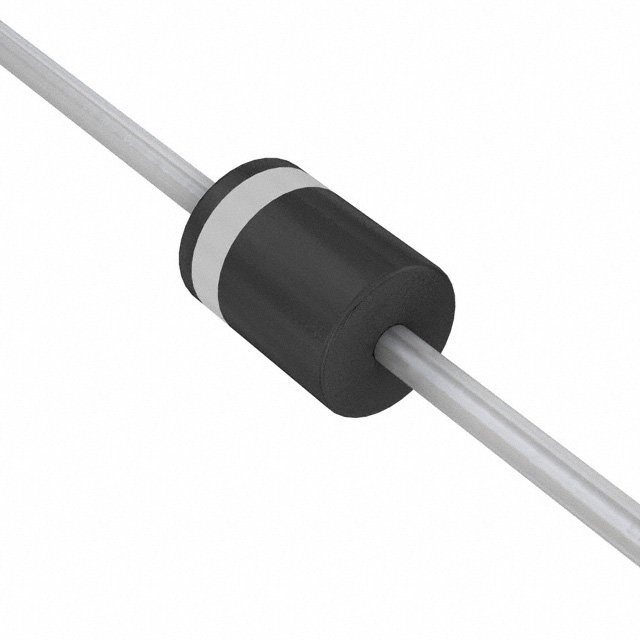
5KP36A-E3/54
TVS DIODE 36VWM 58.1VC P600
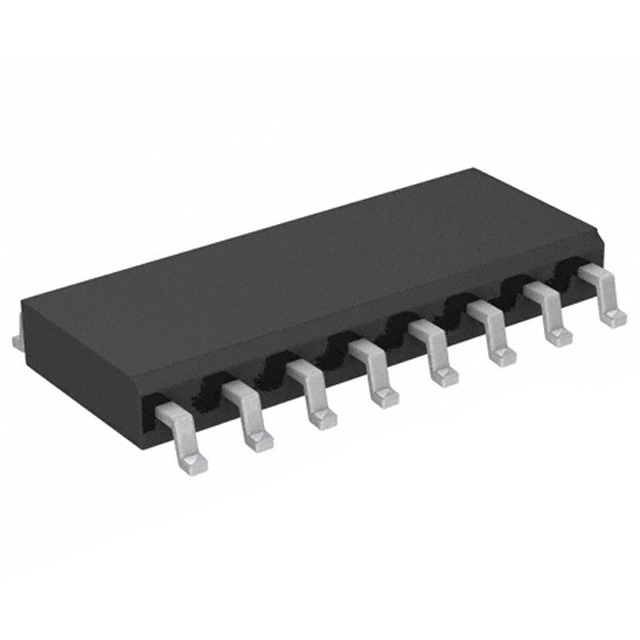
SY100EL57LZC
IC MULTIPLEXER 4 X 2:1 16SOIC

LM3710XKBP-463
IC SUPERVISOR 1 CHANNEL 9USMD
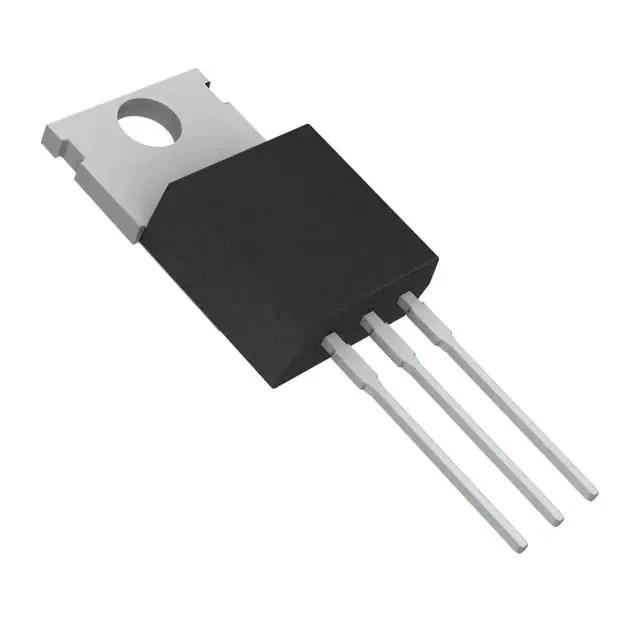
IRG4BC30FPBF
IRG4BC30F - 600V FAST 1-8 KHZ DI
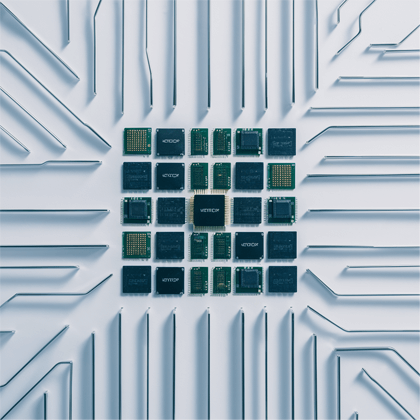
5962-9958302QPA
PWM CONTROLLER WITH WIDE INPUT R
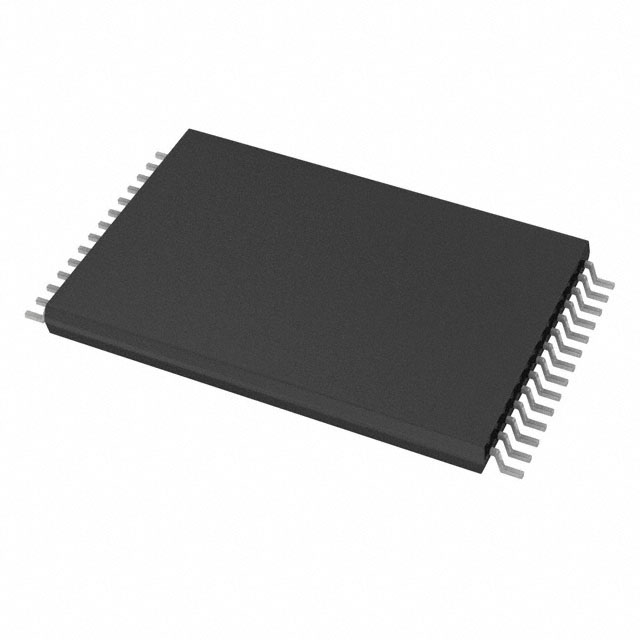
AT29LV256-15TC
IC FLASH 256KBIT PARALLEL 28TSOP

MSA00022PWR
PROTOTYPE
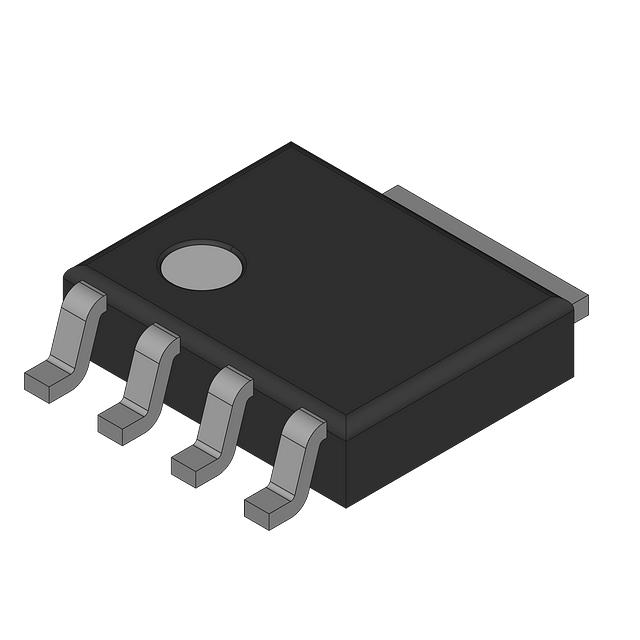
PSMN014-80YLX
PSMN014-80YL - N-CHANNEL 80V, 14
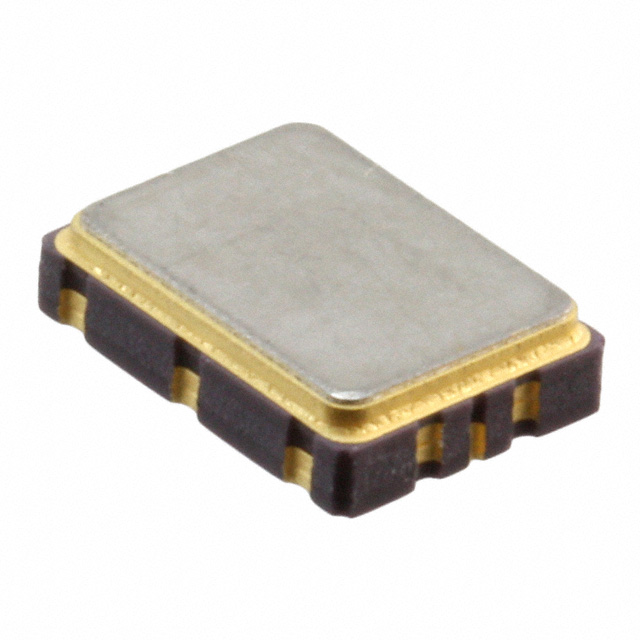
570ACA000732DG
XTAL OSC XO 10.0000MHZ LVPECL
.jpg)
RC3225F1580CS
RES 158 OHM 1% 1/3W 1210







